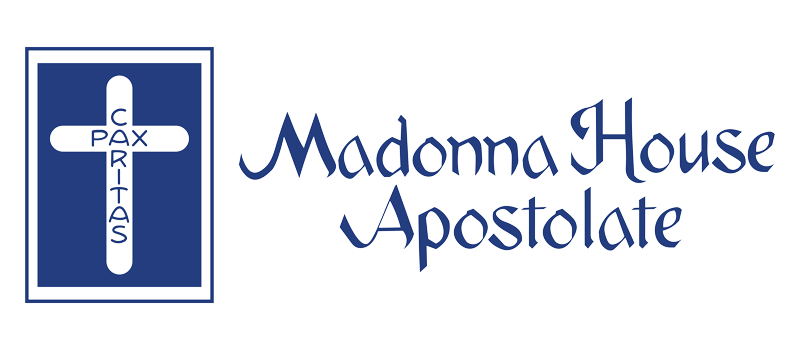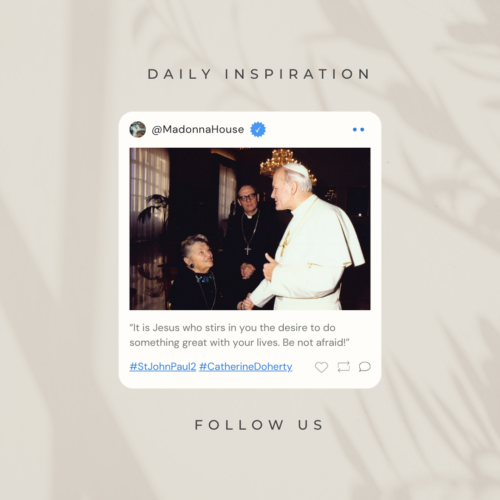This content has been archived. It may no longer be relevant
Before I could speak any language properly, when I was just a little child, I knew Mary. Her icon, a holy picture of her, hung in my parents’ bedroom.
Svitáya Bogoroditza—Maria—Blagodátnaya. These were the names given to her by my parents. “Holy, She Who Gave Birth to God, Maria, filled with the fullness of grace.” Such would be the literal translation of these strange words.
Yet to my early days she was just “Maria, our Mother,” my mother’s mother, my father’s mother, my brother’s mother, my mother, everybody’s mother.
How could it be otherwise? For when my parents went out in the evening, they bought me, all warm and cozy and half asleep after my evening bath, to her icon, and prayed that she might take care of the house and me while they were gone.
If I was naughty it was not enough to apologize to mother and father, or whomever else I had to apologize to. Off I was sent to apologize to Maria.
She would present my apologies to her divine Son, who would accept them so much more readily from her hands.
This was, of course, beyond me at the time, and I just said, “Sorry, Mama Maria.” But as time went on, I understood more how right and proper that was.
If there was joy in the house, the joy of a great feast day, trip, vacation, or one’s own feast day (in Russia these are celebrated in preference to birthdays), or any other kind of good fortune, it was of the essence to share it with Mama Maria by leaving some candles or a new toy on the little table before her icon.
The flowers or plants of the season were always placed there. She would offer these joys to her divine Son. For sorrow and joy, pain, repentance, and all things of life came to us, her earthly children, from him through her hands, to be given back to him through her, as gifts of our love.
We were so poor. We had nothing to give but what we received. And, naturally, even gifts and all nice things we liked had to be “shared” with her Son, through her.
He and Mary would then give these things to the poor children. For unless we “shared” all things with God and his gracious mother—through the poor—how could we ever hope to see them after death?
For hadn’t Christ said, Whatsoever you do to the least of my brothers you do to me? (Mt 25:40) It was never too early to start that sharing.
Thus, slowly, naturally, imperceptibly, “Mama Maria” entered my life and permeated it. She was there when I awoke, as I gave my day to her for her Son.
She was there when I went to school; learning (even arithmetic, which I disliked) had one goal only—to get knowledge, all kinds of knowledge, that I might better know and love and serve her Son.
She was the best teacher ever, so just saying “Maria” would help. It was good to know that she was close. She was there in our children’s games. She brought her Son to play with us, or so it seemed. And later it was quite clear that she watched us.
There were moments in early and late youth when my brothers or I would like to hide from her motherly eye and grasp this forbidden fruit or that, but there she was! How could you get rid of her?
And if you tried, as children will try, there always was the comforting security of deep, deep faith. Maria, mother of sinners, was close and would help me to pick myself up!
Years passed. Tragedy came into my life, seemingly without end. I entered the immense domain of Lady Pain—war and revolution, the atheistic communist one, came to me, mine, and Holy Russia.
Then Maria came into her own in my life. Because I knew her, because my life was lived from babyhood within her radiant shadow, because my feet had followed her through every Joyful Mystery of the Rosary, it was only natural that I turned to her when the Sorrowful Mysteries of our faith came into my life.
Gethsemane became a reality for me. I saw my loved ones led one by one to slaughter, arrested, imprisoned unjustly, executed summarily; while I myself lived under the exhausting mental sufferings of waiting, waiting for the same fate to overtake me.
Finally, the blow fell, and I knew imprisonment and clearly saw the face of death.
I was condemned to die by hunger, which reduced my body to weakness and blanketed my mind with terror, and God receded until it seemed he was not there, and I was lying in the dust of the thousand endless converging roads of near despair.
Is it any wonder that Our Mother came then, and, taking me by the hand, walked once more the Way of the Cross, this time with me and with thousands of my compatriots as she had done with her own Son?
Half delirious with hunger, weakness, and mental pain, I still remember repeating, like a refrain, one word: Maria—Maria—Maria. In it was the only light in my stygian darkness.
In it was the only strength that kept me from going over the thin, icy, cold edge of despair. In it was benediction and oil to my wounds.
In it was more, for in her, the gate to the Way that is Christ, the daughter of the Father, in whom he is well pleased, the spouse of the Holy Spirit, the Crimson Dove of Love, lies the secret of Uncreated Light, the secret of our hope in hopelessness.
She, the shelter of the shelterless, the House of Gold, opened the door to me and allowed me to enter, and once I had entered, to understand that no one is tried beyond their capacity.
She, the mediatrix of all graces, the one through whom Christ gives all graces, will bring graces enough and more to every Christian. Thus we will be enabled to make that surrender which each of us must say before the mystery of the Cross when it is our turn to lie and be nailed upon it!
The mother of joy brought joy into my desert of pain and death. Through her fragrant love, she showed me the way to Love Incarnate, her Son, and made my Calvary acceptable, even infinitely desirable, through his. She brought the radiance of his peace to shine on me in the midst of Satan’s unpeace.
She took my spirit into her blessed hands, and just as my own mother used to lift me up when I was a child for her nightly blessing, so now Mary lifted me up for the blessing of the Father, the Son, and the Holy Spirit. Or so it seemed to my exhausted mind and body, into which flowed a new and strong life of faith and hope and love.
Years later, when all these dark days of earthly hell were but a memory, I understood that she who had walked with me to all my schools, had finally taken me into her own school of holy silence and love.
Is it any wonder, then, that today the lay apostolate of Madonna House—first founded in 1930 as Friendship House, in Toronto, Canada—has since spread across the world? It is solidly built on the foundation that the Lord himself chose for his coming to us.
Blagodátnaya Maria is indeed the real foundress of Madonna House. All its field houses are, I hope, but the beginning of our own joyous litany of her most beloved name.
Those whose glorious vocation it is to staff these houses in her service and that of her divine Son are totally consecrated to her. Fervently we pray that these, her houses of divine love, may be beacons of light in this dark world, bringing his light into it.
Mary is my life. I hope I never have any other, for my life is passed under the finely wrought posts of her gate. Some day the gate will open, and she will lead me to her Son.
In the meantime I shall wait at the posts of her gate, seeking to mold my life ever more unto hers, dwelling in her holy silence and motherly love.





